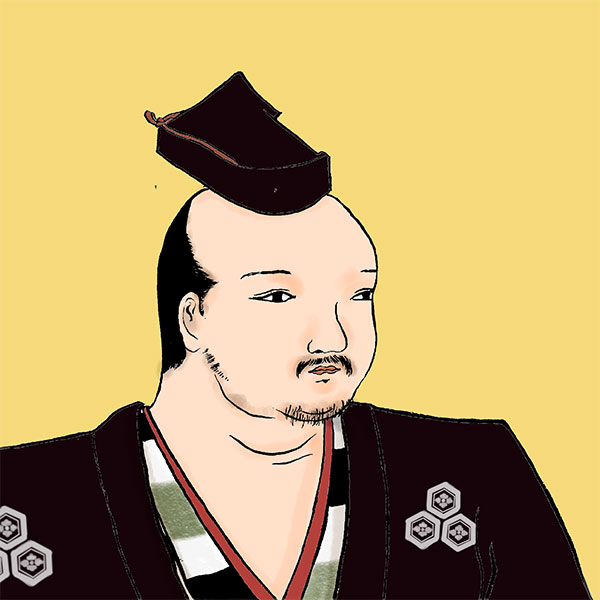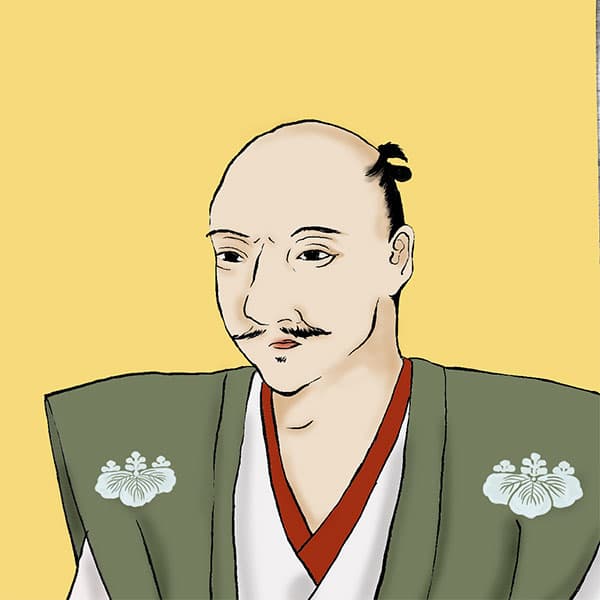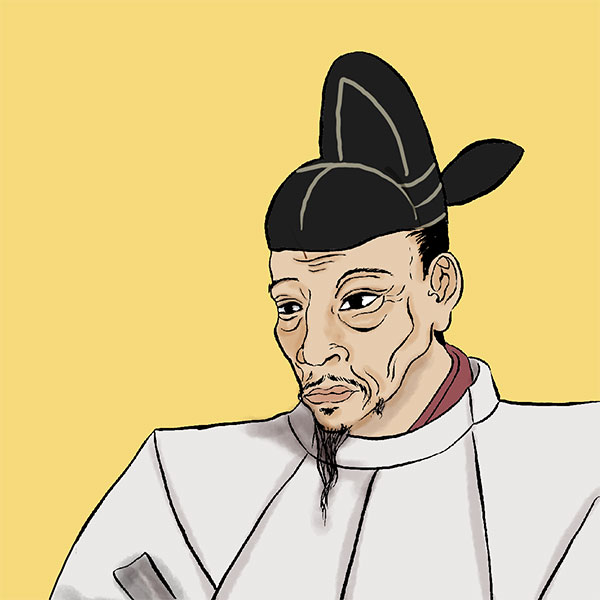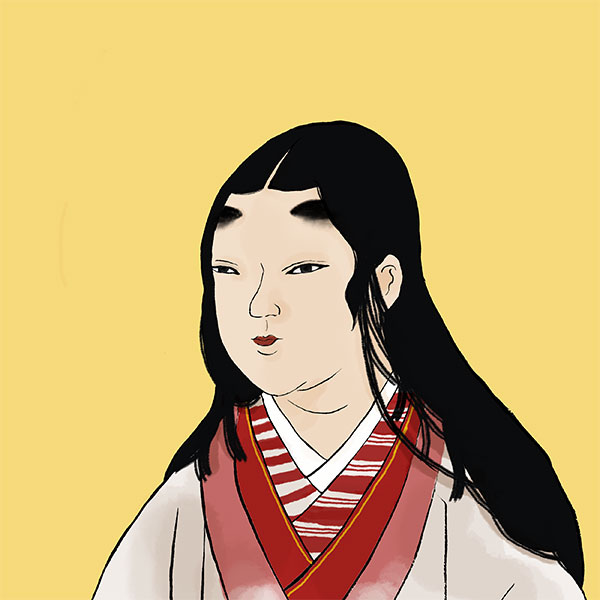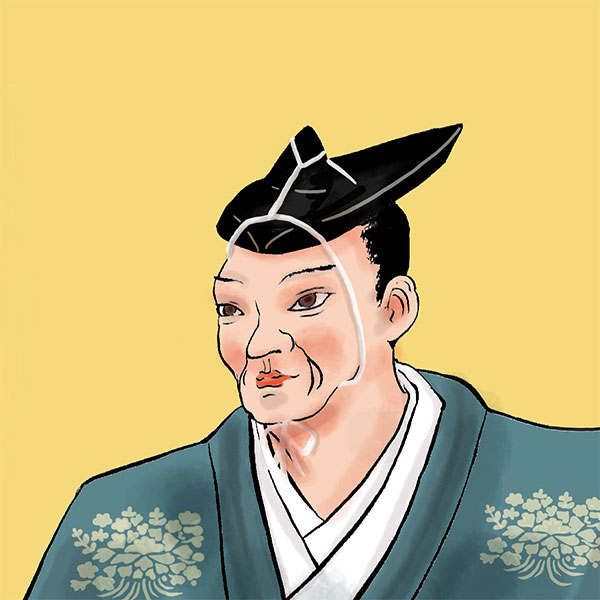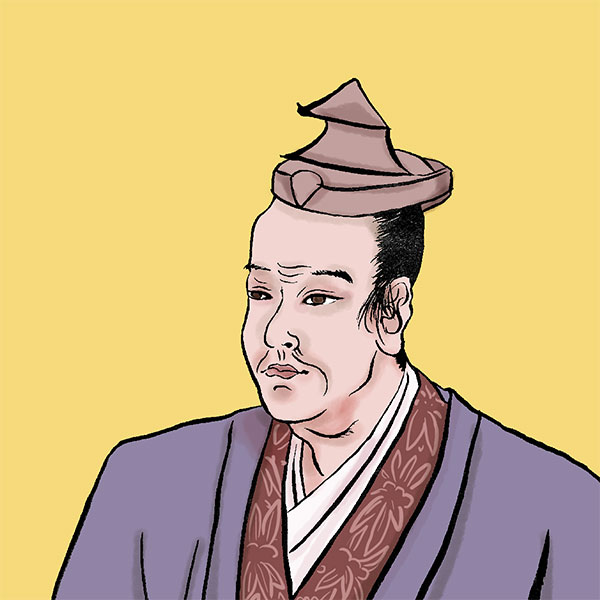Battle of Kanegasaki (1/2)Nobunaga is in big trouble due to Azai Nagamasa's betrayal
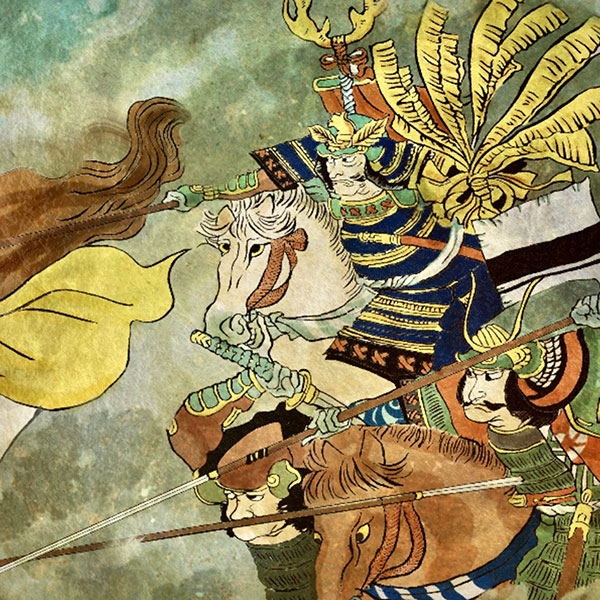
Battle of Kanegasaki
- Article category
- case file
- Incident name
- Battle of Kanegasaki (1570)
- place
- Fukui prefecture
- Related castles, temples and shrines
- people involved
The Battle of Kanegasaki occurred in Tsuruga City, Fukui Prefecture, in April 1570, when Oda Nobunaga attacked the Asakura clan. It was a battle in which Nobunaga had the upper hand, but during the battle, Nagamasa Azai, the husband of his sister Oichi, betrayed Nobunaga! This is how Nobunaga's biggest crisis began, the retreat at the Kanegasaki retreat. The battle is full of various episodes, such as Oichi telling Nagamasa's betrayal in a red bean bag, Toyotomi Hideyoshi playing an active role as a lord, and Tokugawa Ieyasu being left behind, but in reality not many primary sources remain. . This time, we will explain the Battle of Kanegasaki, which is full of mysteries, in an easy-to-understand manner.
Nobunaga goes to Kyoto with Yoshiaki Ashikaga
In September 1568, Oda Nobunaga launched the Kyoto Campaign with Yoshiaki Ashikaga in tow. At that time, the 14th general of the Muromachi shogunate was Yoshihide Ashikaga. He was a shogun supported by the Miyoshi Sanninshu, the ringleaders of the ``Eiroku Incident'' that assassinated the 13th shogun Yoshiteru Ashikaga in 1565, and was a rival of Yoshiaki Ashikaga.
After Yoshiteru's assassination, Yoshiaki was captured by Hisashi Matsunaga, but with the help of Yoshikage Asakura and others, he secretly escaped, living under Yoshikage's protection and fighting with Yoshihide to succeed him. Yoshiaki asks Yoshikage to help him go to Kyoto in order to become the shogun, but Yoshikage is cautious and does not move. In the meantime, Yoshihide, who had succeeded in making donations to the imperial court and other efforts, was declared shogun in Takatsuki, Settsu Province (Takatsuki City, Osaka Prefecture). He became the 14th shogun without ever entering Kyoto.
Yoshiaki was disappointed in Yoshikage, as Yoshikage lost his position as shogun to his rival because he was slow to move. The next person to rely on was Nobunaga, who had conquered Mino Province (present-day southern Gifu Prefecture) and was expanding his power. In July 1568, Yoshiaki joined Nobunaga. Nobunaga departed from Gifu on September 7th in support of Yoshiaki, and arrived in Kyoto after defeating enemy forces such as the Rokkaku clan and the Miyoshi Sanninshu one after another. On October 18th, Yoshiaki was inaugurated as the 15th shogun of the Muromachi shogunate. Furthermore, Yoshihide died of illness around the time Yoshiaki took office as shogun, but the date of his death is not clear as there are various theories.
Nobunaga was the driving force behind Yoshiaki's rise to Kyoto, and as his guardian he began to wield more and more power. Then, on New Year's Day in 1570, Nobunaga ordered each daimyo to come to Kyoto to greet the shogun. Nominally, they were appointing generals, but in essence, they were meant to call people to follow them.
The feudal lords including Tokugawa Ieyasu went to Kyoto, and the Sengoku feudal lords from distant places where it was difficult to go to Kyoto also sent envoys, but Yoshikage Asakura, who ruled Echizen Province (Fukui Prefecture's Reihoku region and Tsuruga City), refused to come to Kyoto. . Whether the prestigious Asakura family's pride would not allow them to follow the orders of an upstart countryman like Nobunaga, or whether they wanted to concentrate on suppressing the uprising in their own country, is there any point in following Yoshiaki like the cautious Yoshikage? It is also said that he was watching, but the reason why he refused to come to Kyoto is not clear.
Battle of Kanegasaki ① The initial target was Wakasa
Oda Nobunaga attacked Asakura Yoshikage for violating the order to go to Kyoto. The military was dispatched with the permission of the imperial family and the shogunate, and the cause was perfectly justified. However, the initial purpose of dispatching troops was to subjugate the Muto clan of the Wakasa clan. This is because members of the Wakasa clan who were close to the Asakura clan, such as Tomomasu Muto and Nobukata Takeda, refused to go to Kyoto.
Tomomasu and Nobukata were subordinates of the Wakasa Takeda clan and Motoaki Takeda. Motoaki Takeda was captured during the Asakura clan's invasion of Wakasa (outside Tsuruga City in southern Fukui Prefecture) and was placed under house arrest in Ichijodani under the pretext of protection, making him a puppet of the Asakura clan. However, the Wakasa Takeda clan was on the Asakura side, and for this reason, Tomomasu and Nobukata were also enemies with Nobunaga along with the Asakura clan.
Thus, on April 20, 1570, an army of 30,000 men led by Nobunaga departed from Kyoto. He was accompanied by Tokugawa Ieyasu, Toyotomi Hideyoshi (then Kinoshita Tokichiro), Matsunaga Hisashi, and Ikeda Katsumasa. At this point, they had prepared 30,000 troops, so there is a strong theory that the attack on Wakasa was just a name, and that they were targeting the Asakura clan. There is a theory that the Muto clan requested cooperation from the Asakura clan, which resulted in the Asakura conquest, but it is clear that the Muto clan was connected to the Asakura clan in the first place, so Nobunaga was prepared to send troops. That's probably true.
Battle of Kanegasaki ② Kanegasaki Castle falls
The army led by Oda Nobunaga moved north along the west coast of Lake Biwa and entered Wakasa Province on March 22nd. In Wakasa Province, Nobunaga was welcomed by the Wakasa clan, including the Henmi clan and the Naito clan, who had sided with the Oda side. The Oda army entered Kuniyoshi Castle (Mihama Town, Fukui Prefecture) on April 23rd, and on the 25th captured Tenzutsuyama Castle (Tsuruga City, Fukui Prefecture), a branch castle of Kanegasaki Castle on the Asakura side. Attacking from all sides, the Oda side gained control of the castle despite losing about 1,500 people in a fierce battle. On April 26th, Kanegasaki Castle, protected by Asakura Kagetsune, surrendered. Subsequently, Hidan Castle also falls.
Kanegasaki Castle is a mountain castle located on a small hill surrounded by the sea on three sides, and was a monitoring spot for maritime traffic with a panoramic view of Tsuruga Bay. Although Kagetsune tried to fight Nobunaga's army, reinforcements from the Asakura side were delayed, and it was clear that he would not be able to resist due to the difference in military strength. I realized the greatness of the Oda army in the battle of Tentsutsuyama Castle the day before. For this reason, Kagetsune accepted the Oda side's recommendation to surrender.
By the way, the delay in reinforcements was due to factional conflict within the Asakura clan, and it is said that the faction opposed to Kagetsune intentionally delayed the arrival. Kagetsune later fled to Ichijodani, but he was criticized for ``disgracing the Asakura clan, it's worthless!'', and in despair, he entered Eiheiji Temple and passed away on September 28th. That's unreasonable...
Meanwhile, the Oda army advances smoothly. After Kanegasaki Castle, we will cross Konome Pass (Tsuruga City, Minamiechizen Town, Nanjo District, Fukui Prefecture) and attack Echizen Province, the stronghold of the Asakura clan! I'm in high spirits. However, it was at this point that Nobunaga received news of Nagamasa Azai's betrayal.
Kanegasaki's Exit ① Nagamasa Asai's Betrayal and "Azuki Bean Bag"
Azai Nagamasa, who ruled Kitaomi (Shiga Prefecture), was an ally of Oda Nobunaga. Nobunaga's sister Oichi was married to Nagamasa, and Nobunaga and Nagamasa were brothers-in-law. A popular theory is that the Azai clan had an alliance with the Asakura clan, and that when Nobunaga and Nagamasa formed an alliance, they swore an oath not to fight against the Asakura clan. It was to break this oath. Nagamasa was unsure whether to join Nobunaga or the Asakura clan, and the opinions of the Asai clan's vassals were divided, but in the end Nagamasa decided to join the Asakura clan over Nobunaga, who had broken his oath.
- people involved

- WriterNaoko Kurimoto(Writer)I am a former travel industry magazine reporter. I have loved history, both Japanese and world history, since I was a child. I usually enjoy visiting temples and shrines, especially shrines, and often do ``pilgrimages to sacred places'' themed around historical figures. My favorite military commander is Ishida Mitsunari, my favorite castle is Kumamoto Castle, and my favorite castle ruins is Hagi Castle. My heart flutters when I see the ruins of battle castles and the stone walls of castle ruins.

